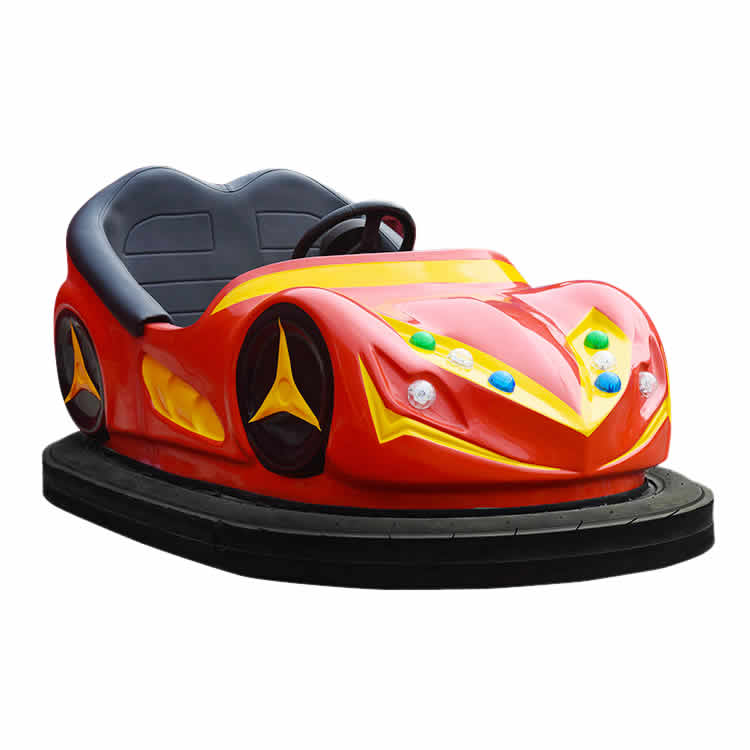High Quality Products & Services for Your Business
How to Plan and Build a Highly Popular Amusement Park
Creating a highly popular amusement park involves meticulous planning, innovative design, and a keen understanding of visitor preferences. An amusement park must offer a diverse range of attractions, exceptional guest experiences, and a safe environment to become a top destination. This article explores the key elements and steps involved in planning and building a successful amusement park.

Market Research and Feasibility Study
- Understanding the Market: Conduct thorough market research to understand the demographics, preferences, and spending habits of potential visitors. Identify the target audience, including families, teenagers, and thrill-seekers, to tailor attractions accordingly.
- Feasibility Study: Assess the feasibility of the project by analyzing the location, competition, and potential revenue streams. Evaluate factors such as accessibility, climate, and local attractions to determine the best site for the park.
Master Planning and Design
- Concept Development: Develop a unique theme or concept for the park that sets it apart from competitors. A strong theme enhances the park’s identity and creates a cohesive and immersive experience for visitors.
- Layout and Zoning: Plan the layout of the park, dividing it into themed zones or areas. Each zone should offer a mix of attractions, dining options, and retail outlets to keep visitors engaged and entertained.
- Attraction Mix: Curate a diverse mix of attractions to cater to different age groups and interests. Include high-thrill rides like roller coasters, family-friendly rides, water attractions, dark rides, and kiddie rides. Balance the attraction mix to ensure there is something for everyone.
- Safety and Accessibility: Prioritize safety in the design and construction of the park. Ensure that all rides and facilities meet or exceed safety standards. Additionally, design the park to be accessible to all visitors, including those with disabilities.
Infrastructure and Construction
- Site Preparation: Prepare the site for construction, including land clearing, grading, and infrastructure development. This includes building roads, parking lots, utilities, and other essential facilities.
- Ride Installation: Install rides and attractions according to the master plan. Work with reputable manufacturers to ensure high-quality, safe, and durable installations. Coordinate with engineers and construction teams to integrate rides seamlessly into the park’s layout.
- Theming and Landscaping: Invest in theming and landscaping to enhance the park’s aesthetic appeal and immersive experience. Use architectural elements, scenery, and vegetation to create a visually stunning environment that aligns with the park’s theme.
Guest Experience and Services
- Guest Amenities: Provide essential amenities such as restrooms, seating areas, shade structures, and first aid stations throughout the park. Ensure that these facilities are easily accessible and well-maintained.
- Food and Beverage: Offer a variety of dining options, from quick-service eateries to sit-down restaurants. Include a range of cuisines and dietary options to cater to diverse visitor preferences. Themed dining experiences can further enhance the park’s immersive atmosphere.
- Retail and Souvenirs: Include retail outlets that sell themed merchandise, souvenirs, and essentials. Strategically place shops near popular attractions and exits to maximize sales.
- Entertainment and Shows: Plan live entertainment and shows to provide additional attractions and keep visitors engaged. From character meet-and-greets to stage performances, entertainment adds value to the guest experience.
Marketing and Promotion
- Branding and Identity: Develop a strong brand identity and marketing strategy to promote the park. Create a memorable logo, tagline, and visual style that resonates with the target audience.
- Pre-Opening Campaign: Launch a pre-opening marketing campaign to generate excitement and anticipation. Use social media, online advertising, and traditional media to reach potential visitors and build hype around the park’s grand opening.
- Ongoing Promotion: Maintain ongoing marketing efforts to attract new visitors and retain loyal guests. Offer promotions, discounts, and special events to keep the park’s offerings fresh and appealing.
Operations and Management
- Staff Training: Hire and train staff to provide excellent customer service and ensure smooth operations. Emphasize safety, hospitality, and efficiency in training programs.
- Maintenance and Upkeep: Implement a rigorous maintenance schedule to keep rides and facilities in top condition. Regular inspections, repairs, and upgrades are essential to maintaining safety and guest satisfaction.
- Guest Feedback: Collect and analyze guest feedback to identify areas for improvement. Use surveys, reviews, and direct interactions to gather insights and make necessary adjustments to enhance the visitor experience.
Conclusion
Building a highly popular amusement park requires a strategic approach that combines innovative design, thorough planning, and a focus on guest satisfaction. By understanding the market, creating a compelling theme, offering a diverse mix of attractions, and prioritizing safety and guest services, an amusement park can become a top destination for fun and entertainment. Continuous promotion, maintenance, and responsiveness to guest feedback will ensure the park’s ongoing success and popularity.
Related recommendations
-
The Advantages of Electric Bumper Cars
355Electric bumper cars have long been a staple of amusement parks, fairs, and family entertainment centers. Known for their exciting and interactive nature, these rides offer both fun and safety for riders of all ages. With advancements in technolo...
View details -
How to Choose Amusement Rides: A Guide for Families and Amusement Parks
289When it comes to selecting amusement rides, whether for a theme park or a family outing, there are several important factors to consider. The right rides can enhance the experience for visitors of all ages, ensuring everyone has a memorable time....
View details -
The Thrill of the Pirate Ship Ride
339When it comes to amusement parks, few rides capture the spirit of adventure quite like the pirate ship. This iconic attraction, with its towering masts and swinging motion, offers riders an exhilarating experience that blends nostalgia with excit...
View details -
How to choose profitable amusement equipment and manufacturers
236As a place for entertainment and enjoyment, the core of an amusement park is to attract tourists and provide unique experiences. Choosing profitable amusement equipment is crucial to the success of an amusement park, because the equipment not onl...
View details
 chinaparkrides
chinaparkrides






Leave a Reply